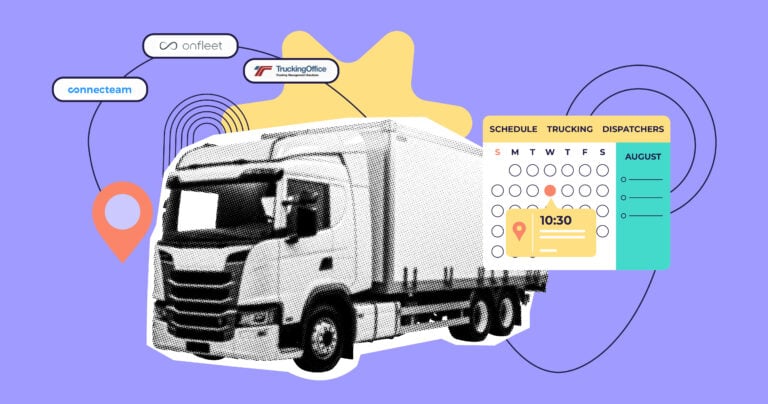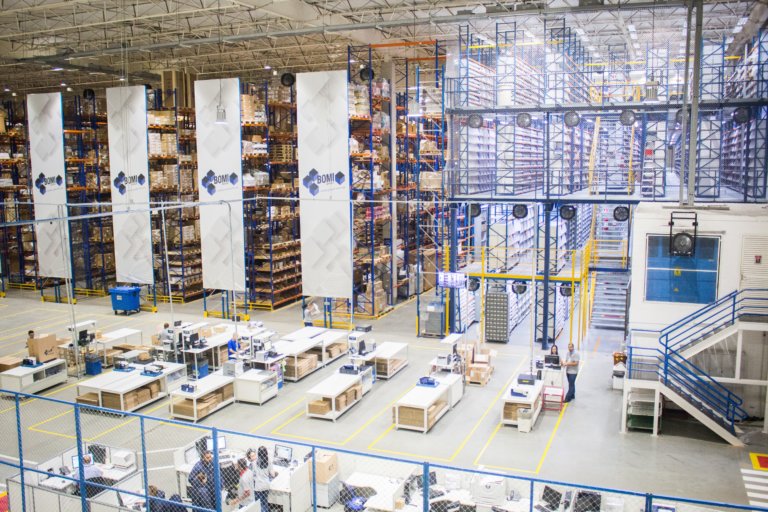Logistics are what keep every economy worldwide running. If trucking, shipping, and warehousing companies aren’t bringing materials from suppliers to manufacturers and finished products from manufacturers to consumers, the economy couldn’t survive.
This industry’s success relies on people but it’s faced with an image problem that stops candidates from even sending a resume. Apart from hiring and retaining top staff, the challenges faced by logistics managers also include regulatory, communications, time tracking, training, and compensation issues – to name a few.
We set out to highlight the most common challenges faced by logistics managers and provide a viable solution that helps keep the wheels turning, pun intended.
We list the most common challenges faced by logistics managers every day below and offer solutions to tackle the challenges at hand.
Not A Career Path
A career in logistics isn’t a career path many Millenials or Generation Z find attractive – most assume it offers a small paycheck and the time away from family and friends isn’t worth it. However, according to a study, “Data shows that trucking moves 71% of all the freight in America, and nearly 6% of all the full-time jobs in the country are in the trucking industry.”
On top of that, the Bureau of Labor Statistics reported in 2018 there were around 129 million full-time jobs in America. That same year, about 7.4 million people were employed by the trucking industry so some 5.8% of all American full-time workers were employed, thanks to trucking.
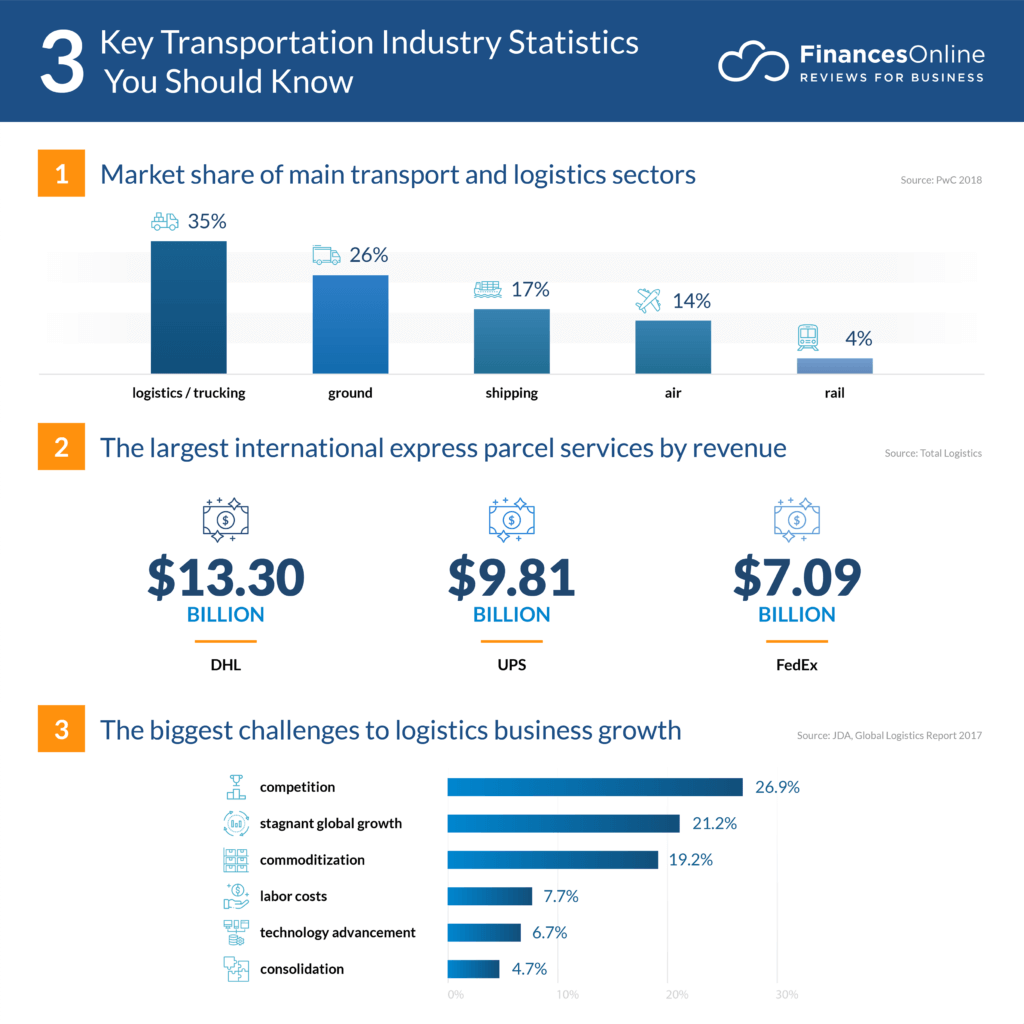
However, even with such amazing numbers, warehouses, shipping companies, and trucking firms struggle to attract college graduates for management positions – this is a huge challenge faced by logistics managers. Mostly because there is a total lack of awareness regarding the opportunities offered by logistics. HR professionals in logistics must rebrand the industry as a viable career choice by starting with creating a company culture of appreciation that addresses candidate perceptions.
Employee Retention
As far as logistical issues go, finding qualified team members who meet industry standards is hard enough – you also have to keep them on for years to come. Tucker Robeson, CEO of retention consulting firm CDL Helpers, said, “Part of the problem stems from misinformation spread through word-of-mouth and distrust, which affects employee referrals as a prime recruitment tool.”
Ensuring you have safe drivers behind the wheel causes many companies to screen all candidates for drug use and review driving records – however, a lot of these screenings can disqualify half the applicants.
All of this leads HR employees to maximize their retention efforts – from strong internal communication to in-house training and more.
Streamline Communications Management
According to Markets Insider, trucks in the United States moved 10.8 billion tons of freight in 2017. With that much movement, communication is vital – from managers to employees and vice-versa. That’s why hundreds of logistics companies rely on Connecteam to deliver streamlined internal communication.
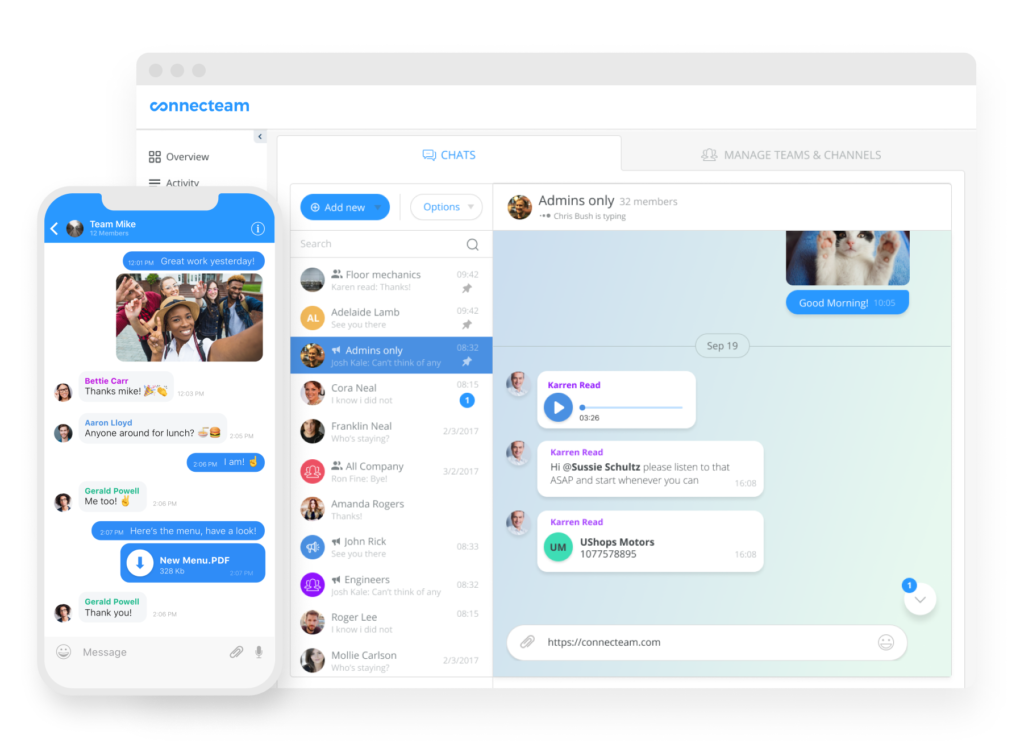
- Real-time Push Notifications and Updates: managers can send formal and informal announcements, like safety alerts, a letter from the CEO, travel updates, reminders to complete a report, new uniform codes, and more.
- Employee Directory: searching for a work contact can be done through the in-app directory instead of employees having to save, edit, and delete work contacts on their personal mobile phone.
- Chat Groups and Channels: easily streamline day-to-day communication easily and efficiently by sending messages to specific groups (supervisors, warehouse locations, and more.)
- Surveys, Suggestion Box, & Live Polls: ensure every driver is heard and make decisions based on organizational surveys and live polls, use a suggestion box to gain feedback, introduce your team with structured channels, and create channels for drivers to easily approach HR and senior management.
Reinvent Communicaiton & Engagement
Reach every driver with creative, dedicated, and measurable communication to drive daily operations and driver engagement.
Complying With Hours of Service
Complying with federal laws so drivers don’t work overtime or experience burnout is a must for HR departments, but that’s easier said than done sometimes.
The U.S. Department of Transportation clearly states that drivers must rest for 30 minutes during an eight-hour shift, and limit driving time to 11 hours per day with a cap of 14 hours – this brings the weekly total to 80. However, it does state that drivers can work over 70hours if they’ve rested for at least 34 hours in a row.
Read up now on the new trucking laws that went into place last year.
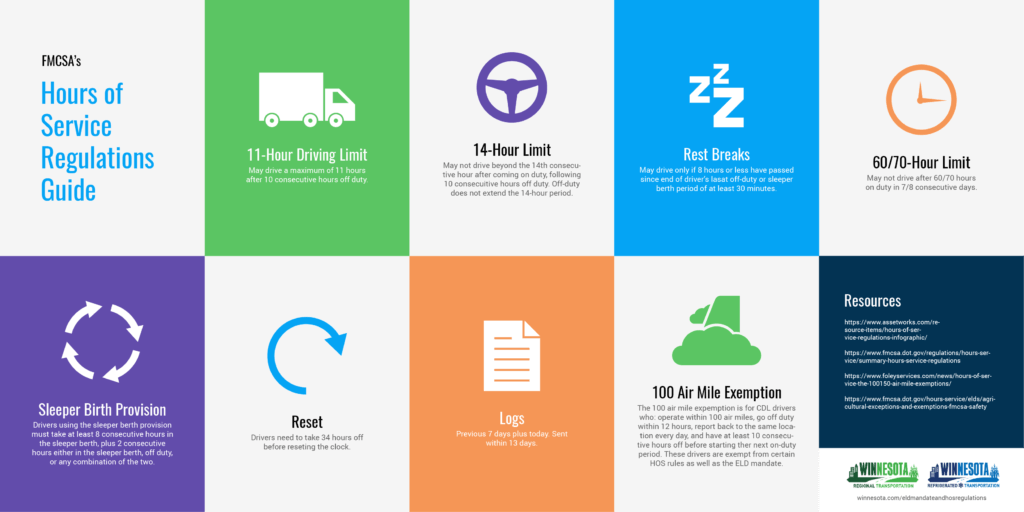
To ensure compliance, many logistics companies use a mobile time clock to track breaks and drive time. In fact, logistics companies who rely on Connecteam rely on mobile-first and GPS empowered accurate time tracking so that their employees can use a clock in and clock out directly from their smartphones. Whenever employee clocks in and out, a real-time timestamp and GPS location are tagged. Also, managers can export timesheets quickly to Connecteam’s integration with QuickBooks Online and Gusto for 100% accurate payroll.
Employee Benefits and Perks
The most successful trucking companies offer some of the same benefits to their drivers, such as:
- Bonuses to accident-free drivers
- Recognition bonuses for signing on and staying
- Health care insurance
- Flexible scheduling
- Gift cards (restaurants, retail, etc.)
- Holiday, birthday or anniversary cards
- Driver appreciation events
The above list is a good starting point as it can help lower turnover rates. If you’re keen on more ideas for employee benefits and perks, take a look at the image below.
![8 Key Pillars to Retain Drivers [Infographic]](https://connecteam.com/wp-content/uploads/2019/11/8-Key-Pillars-to-Retain-Drivers-Oct-2016-573x1024.jpg)
Fuel Costs
There is no doubt that fuel prices are a logistical issue that can greatly affect trucking companies and drivers. With fuel prices on the rise worldwide, it’s cutting into revenue and earnings of truckers. According to Business Insider, “Fueling up a truck fuel costs can easily total thousands of dollars per month; truckers are driving up to 11 hours a day in vehicles that get, at best, 6.5 miles per gallon. So, most companies give their employees gas cards to pay for diesel fuel. Unless, of course, that company can’t afford fuel.”
Better Customer Service
Customers of today are used to total transparency and everything happening instantly – instant news and social trends – the same goes for tracking the delivery. Right now, when customers buy something online, they expect to know exactly when their package will arrive and are less eager to pay for fast shipping.
There is no doubt that customers are a businesses’ lifeline so if they’re unhappy for too long, they will seek better alternatives. It’s vital that you help your customers feel valued and heard, use technology to offer full visibility, and communicate instantly and easily.
Government and Environmental Regulations
Drivers face many compliance regulations that are imposed by federal, state, and local authorities – from noise emissions, fees for registration and insurance, receipts and bills, and many more. Additionally, there are also environmental issues like the anti-idling, greenhouse gas, and other emission reduction regulations imposed at state and local levels to comply with. The compliance costs are easily exceeding their benefits, this is a great challenge faced by logistics managers.
Information Processing
Our last HR issue in the logistics industry deals with manually ensuring great conditions of fleets, safety for employees, fleet loading, and cross-checking of goods. An easy solution to this headache is to automate some processes so you can save time! Creating digital checklists, reports and forms allow your employees immediate and direct access while out on the road. In the click of a button, employees can submit expense reimbursement forms, vacation requests, safety reports, invoices, equipment checkout, maintenance requests, and more – all of which automatically land on your desk so you can take of the matter as quickly as possible.
Relationships With Supplier/Partner
In order to segment and manage relationships with suppliers and partners, you should first determine what type of model suits the relationship best. According to one expert, there are three options on the table:
- Strategic Partner – strategic, long-term relationship
- Preferred Supplier – operational, ongoing relationship
- Approved Supplier (for example, a vendor) – tactical, transactional relationship
Based on your preferred model, you should develop and understand the standards you’ll work together with room for growth opportunities. Perhaps you will need a different communication method and measuring standards will differ, ultimately it is up to you to solve this challenge faced by logistics managers.
The Bottom Line On Challenges Faced By Logistics Managers
There is no doubt that the world needs truck drivers to deliver goods and even transport people from one place to another, however, the challenges faced by logistics managers can appear totally overwhelming. Now, in today’s day and age, there’s usually a digital solution to most of your problems, it’s just a matter of weaving through the numerous solutions until you find the best choice for your business and employees. Stay on top of changes in your field to avoid more challenges and ensure the success of your logistics company.


